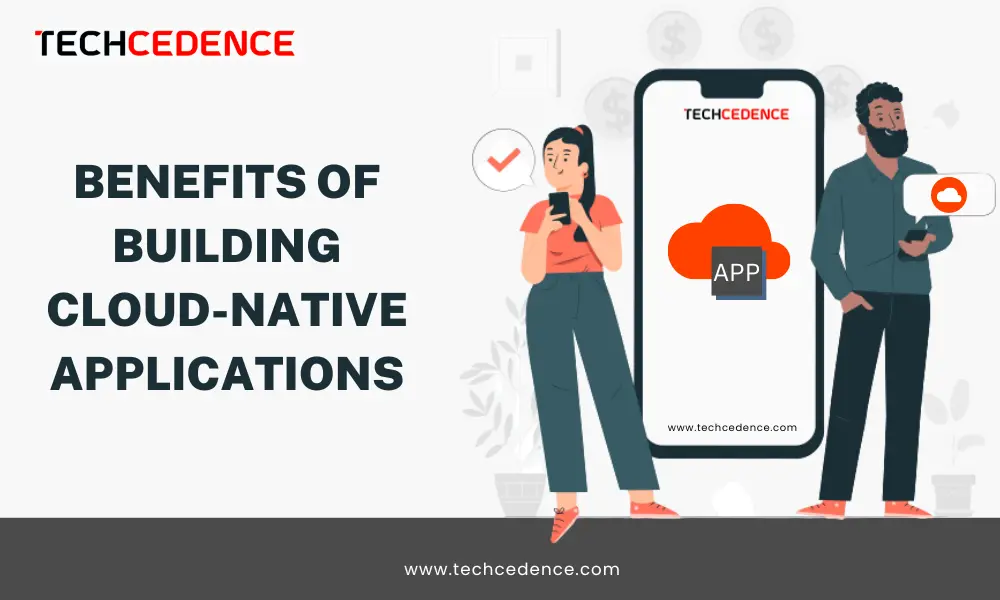
Categories : Mobile App Development
Author : techcedence Date : Jan 4, 2023
Cloud’s growing. And so are cloud-native applications. Per reports, well over 70 percent of companies focus on developing cloud-native applications. Furthermore, by 2025, about 94-96 percent of new digital workloads will go on cloud-native apps – a number that will be up from nearly 28-30 percent in 2021! Of course, every company has reasons to join the cloud-native wagon. So, let’s look at five reasons why building cloud-native applications should be on your agenda.
Here’s why you must build cloud-native applications.
Accelerated app development and faster app releases are two vital factors that drive a company’s success amid competition. The quicker, the better. Contemporary DevOps involves automating the software delivery process. From build to deployment, automation helps transform the software delivery pipeline and quicken it.
Modern cloud-native application development supports DevOps. It enables companies to introduce and integrate automation across the app development process, thus resulting in quicker development, deployment, and release.
Going cloud-native allows access to various options that simplify infrastructure management. Thanks to serverless platforms like AWS Lambda and Azure Functions. They allow companies to upload the code in the form of functions and run the functions. Thus, companies don’t have to provide cloud instances, configure networking or confront the complexities of assigning adequate storage.

The problem with monolithic architecture was they restricted companies to fixed resources they used to pay for. And this was irrespective of their involvement in the software development process. The result was a more extensive and costlier process with backup and maintenance as extra services.
But that’s not the case with cloud-native applications with solutions designed to operate on the cloud. Their cloud compatibilities help reduce backup, maintenance, and deployment costs while optimizing resource use. Open-source systems like serverless systems with a pay-per-use approach help companies save costs significantly.
Remember those days when legacy vendors used to issue a three-year locked-in licensing proprietary hardware? Companies that have lived with these challenges will surely relate to it. But open-source and cloud technologies have made multi- and hybrid-cloud the prudent choice. Using cloud-native avoid vendor lock-in by enabling companies to use services offered by various cloud providers. Since they dedicatedly work on the cloud, you can switch to a more reasonable and beneficial cloud package.

Adopting cloud-specific development throughout fosters seamless connections between applications and contributes to better customer experiences. Besides, the cloud native places customers at the helm. With the various tools that focus on feedback and the deployment cycle, cloud-native solutions help modify the development cycle. Thus, they focus on making the customer experience way better than their traditional counterparts.
Going cloud-native isn’t the need of the hour but that of the future! Techcedence can help you be part of the future with outstanding, robust, scalable, and performant cloud applications. Our customized cloud-native applications help companies enhance user experience while reducing costs and streamlining business operations. We are here to help you leverage technology and succeed. Please write to us at sales@techcedence.com to let us help you unleash the secret to cloud success.